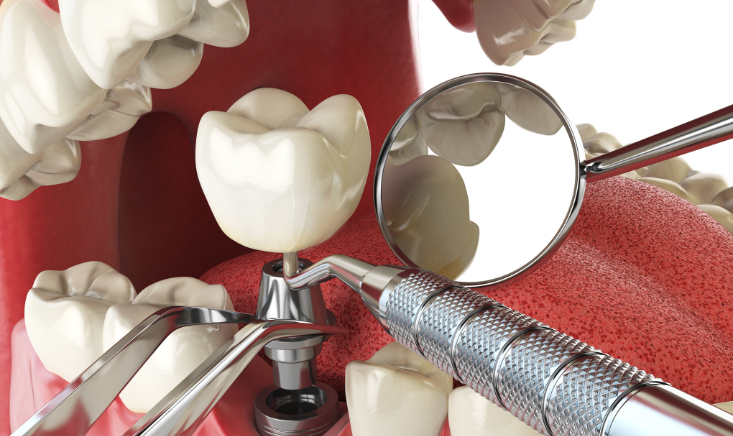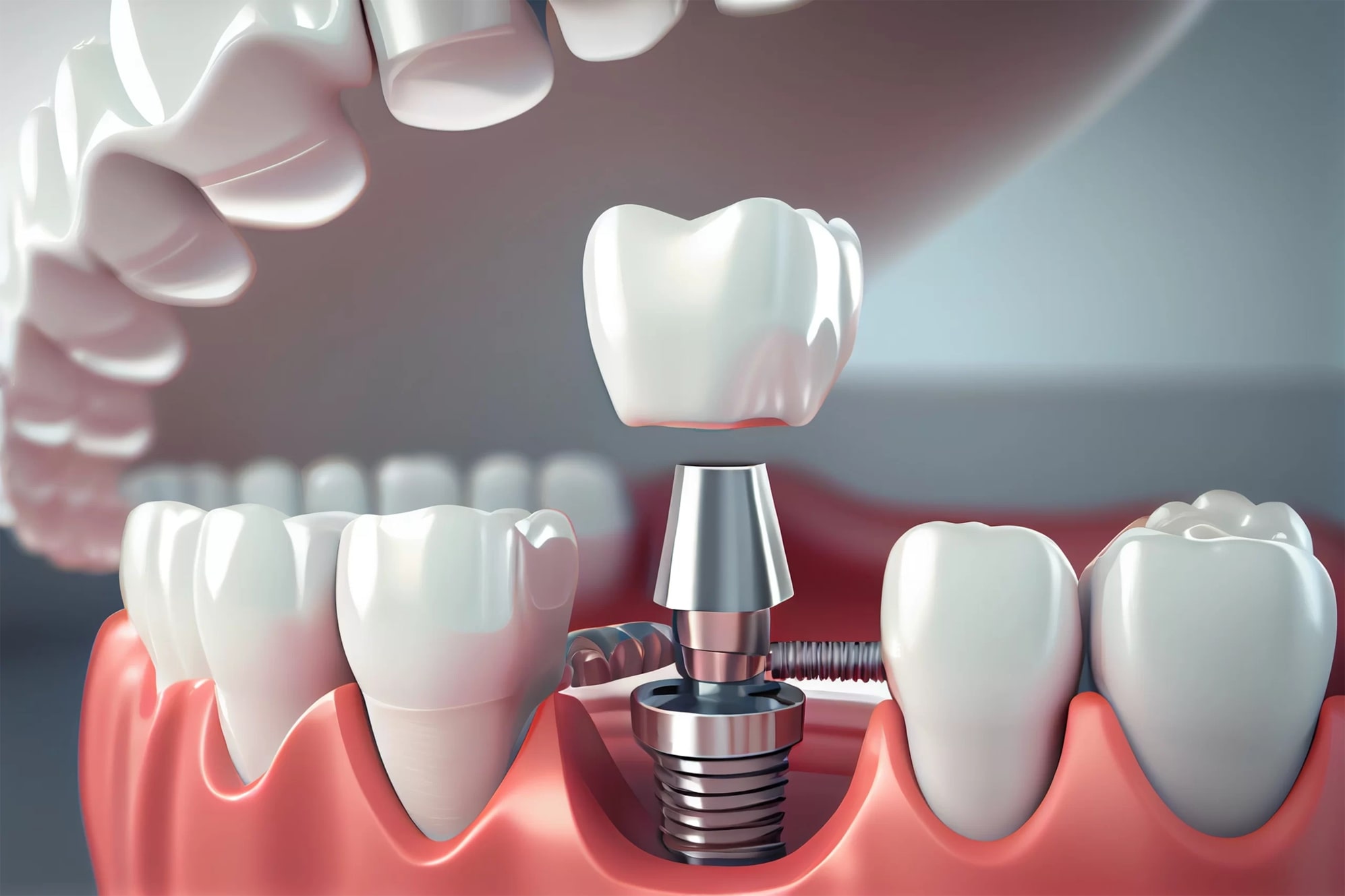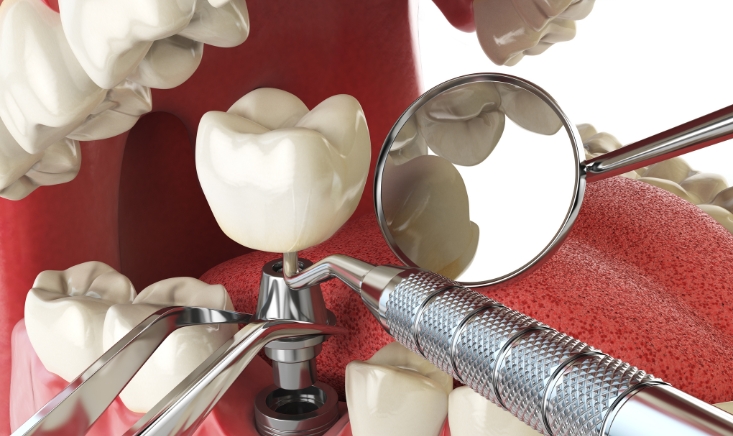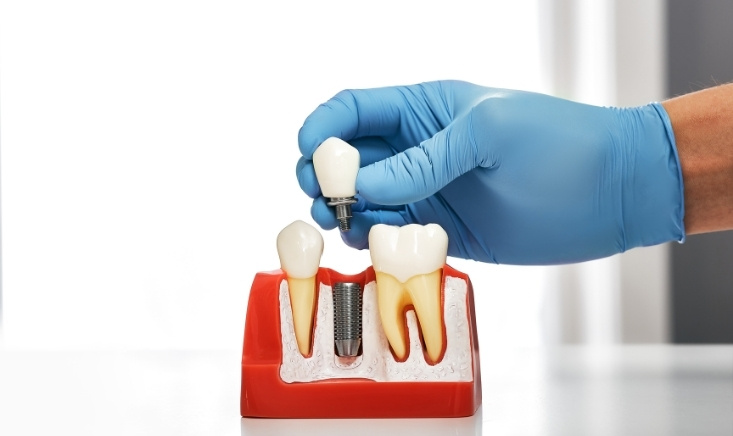We are not a registered Medicare/Medicaid Provider
What Happens After Getting Dental Implants: A Recovery Timeline

Missing teeth is not only an aesthetic concern but also creates functionality issues. Do you know that missing teeth can hamper your digestion? Missing teeth can also damage your jawbone with time. Dental implants can be the ideal restorative option while you suffer from missing teeth. Are you anxious about the recovery process for dental implants? Having a basic knowledge of the different stages of recovery will reduce your anxieties and enhance quick healing. Improper care can always lead to infections and other significant dental problems. Check out what to look for while you look forward to recovering after getting dental implants.
Immediate Post Surgery (First 24-48 Hours)
You might face minimal discomfort, and it can include bleeding and swelling. There is nothing to fear, as it is an entirely natural part of the healing process. Dentists generally provide painkillers to counter pain-related problems. Do not forget to contact your dentist if you encounter severe pain. Remember that the first two days after dental implants in Denville are critical for effective healing. Following the guidelines that dentists provide ensures the perfect start of the recovery process immediately after the surgery.
First Week: The Healing Phase Begins
While you cross the first week, the patients won’t feel much discomfort or pain after getting dental implants. By this time, your body will slowly adjust to the new additions. Be sure to eat soft foods that require minimal or no chewing. You can have soups and smoothies, ensuring you maintain the intake of nutrients. Avoid hot and spicy food. Focus on gentle bruising and flossing with salt water. Your dentists will also provide unique mouthwash to clean your implant site.
Week 2-6: Osseointegration Process
This is the most critical process when discussing recovery from dental implants. This is the time when titanium posts infuse with the jawbone. It might take a couple of weeks, and it is essential to ensure the stability of dental implants. You will not feel it from the outside; just ensure you are extra careful between weeks 2 and 6. Dentists also place a temporary crown till the permanent restoration is completed.
Months 2-6: Final Healing And Integration
Osseointegration should be completed while you approach the second month. Full recovery and fusion might take 6 months and even beyond. Your implant will be stable by this time. Multiple follow-up visits are necessary with your dentist to ensure everything goes well. While your dentist figures the recovery process is over, they will place a permanent crown. Your implant should feel like natural teeth by this time, and you can enjoy your favorite food again.
Long-Term Care and Maintenance (1 Year and Beyond)
Once your implant has fully integrated and the restoration is placed, your recovery isn’t technically over, though your implant will now be stable. Long-term maintenance is essential to ensure your implant’s and surrounding gums’ health. Ensure that you visit your dentist regularly and maintain your oral hygiene properly. Nothing can be better if you can avoid smoking and drinking. It will not only enhance the life of dental implants but also prevent major problems.
Successful Dental Implants Recovery Journey
Dental implant recovery is a multi-phase process that takes time, patience, and adherence to your dentist’s aftercare instructions. From the initial days of healing to the long-term maintenance of your implant, each step is crucial for achieving a successful result. By following the recommended guidelines, maintaining good oral hygiene, and attending your follow-up appointments, you can enjoy the benefits of your dental implants for years to come.


